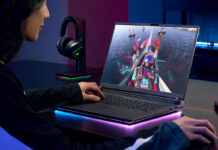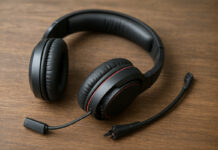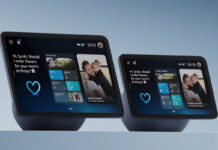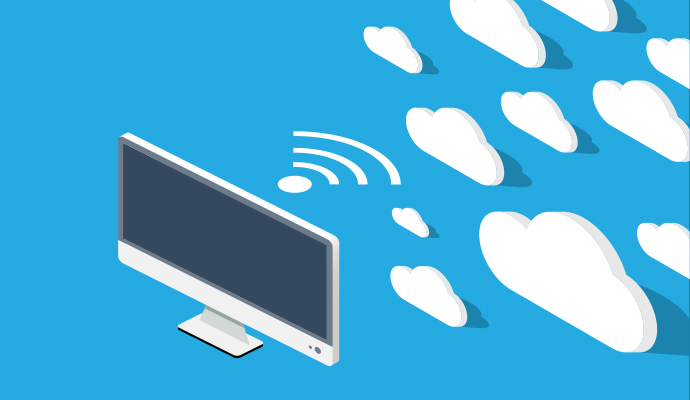
Almost all the information currently on the Internet is created by humans. Content mainly produced by people. But the Internet of Things (IoT) is about devices connected to the Internet and interacting with other connected things and to a small extent with humans, and providing its own content. It is a concept that has enormous potential to impact how we live and work and is already starting to impact the home. But we are just at the tip of the iceberg. Smart TVs already comprise some of the billions of “things” currently connected to the Internet, and they will definitely have a role to play as the Internet of Things unfolds.
Before talking about how TVs play a role in the Internet of Things, let’s take a step back to start to understand how and why this concept got started in the first place.
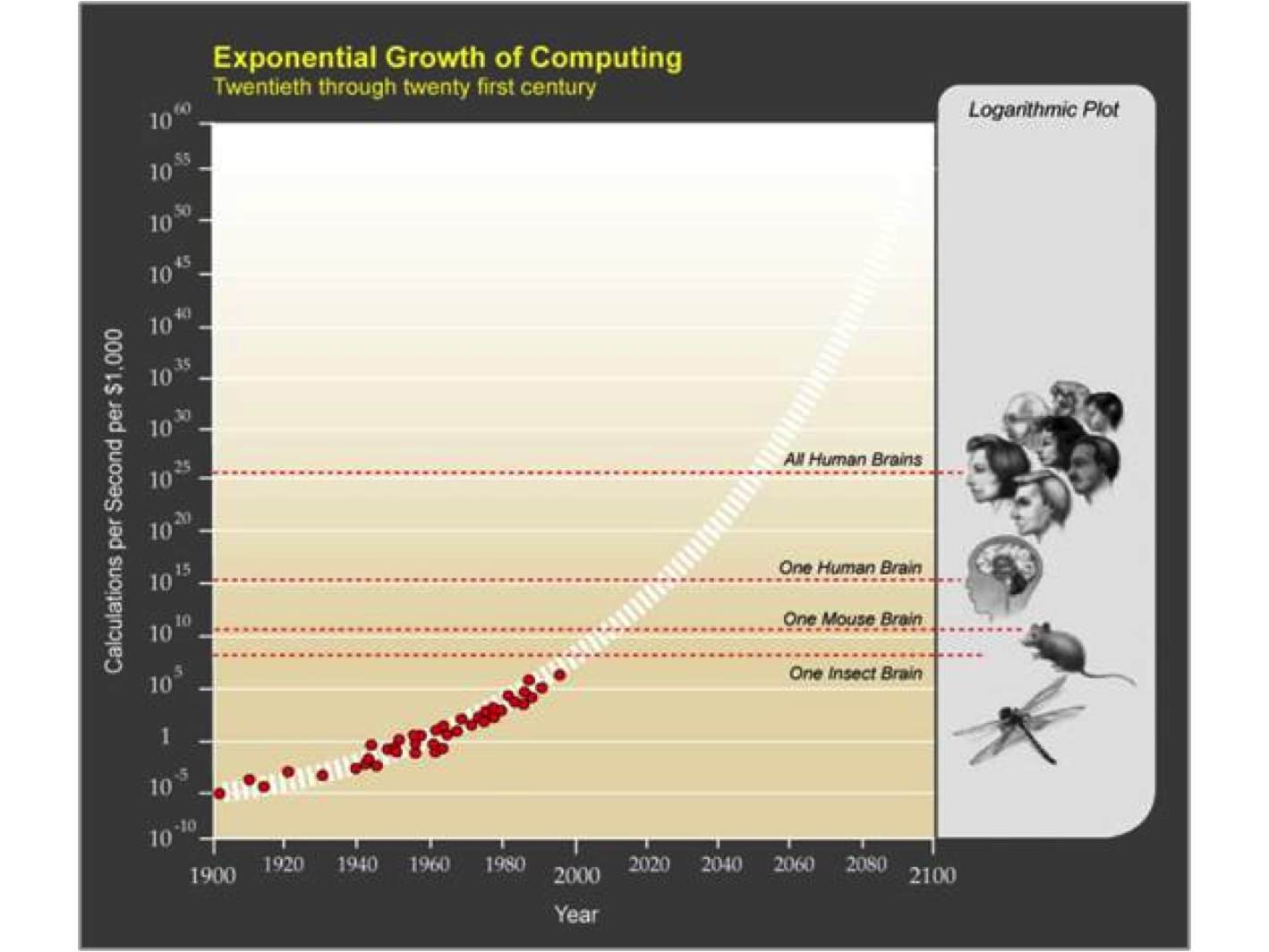 What is Enabling the Internet of Things?
What is Enabling the Internet of Things?
It is sort of the perfect storm of quite a number of things coming together, no pun intended. To start with computing power has continued to grow each year since its inception. Dr. Moore was one of the cofounders of Intel and came up with Moore’s law, which basically says the power of silicone chips will double every 2 years. Interestingly, since 1958 when the chip was invented this has essentially been a reality.
Then Ray Kurswell, a Director of Engineering from Google took Moore’s law a little further by looking at the cost effectiveness of computing power. By measured the calculations per second per $1,000 he saw that they were increasing at an exponential rate, and came up with the law of accelerating returns. He estimated the computing power of the human brain (which is substantial), and at the exponential rate of technological change, machine computational intelligence will surpass all collective human intelligence with a few decades from now.
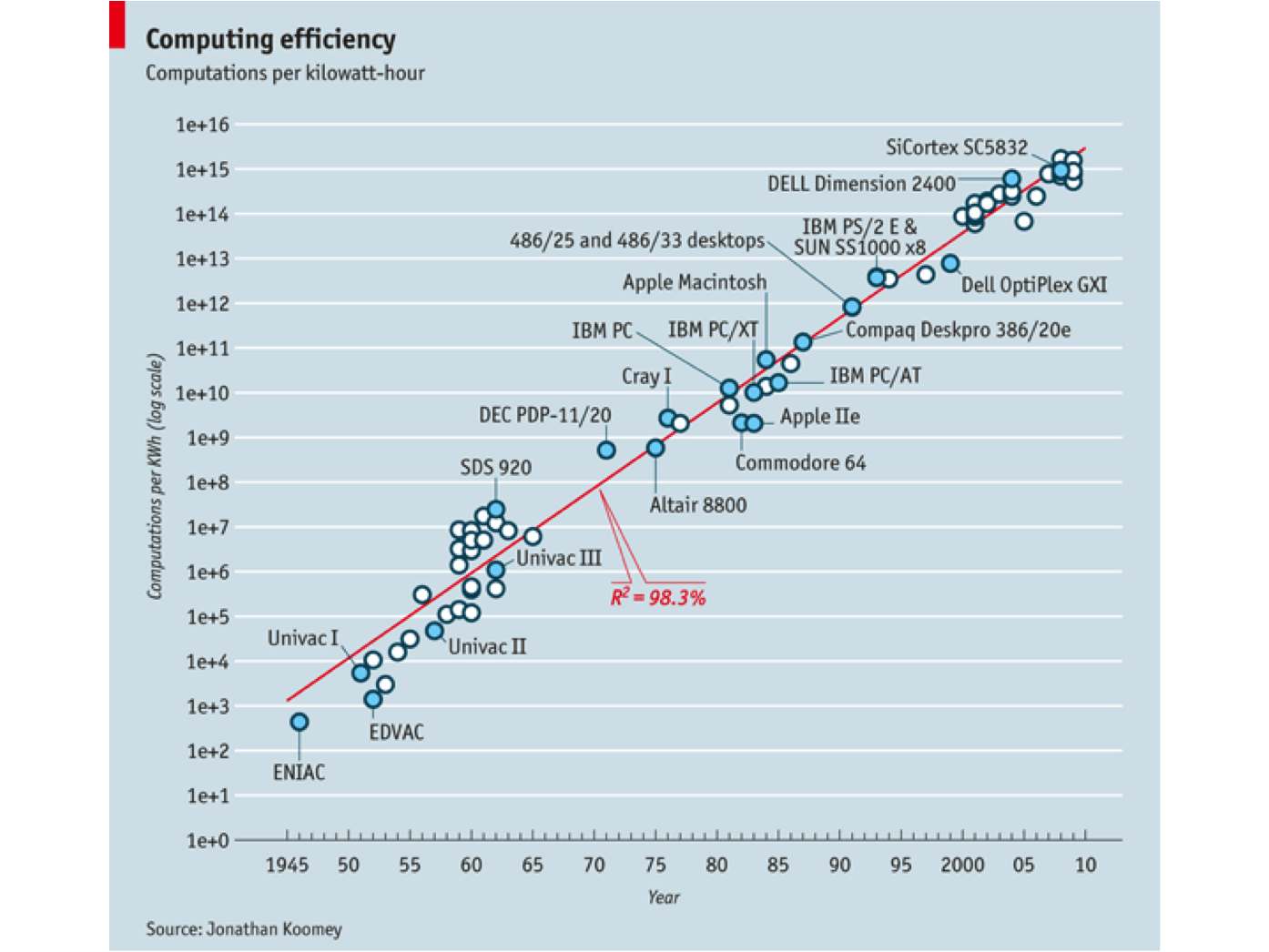 Essentially computer chips are getting smaller, faster, and cost a lot less and are doing so at an increasing rate. No surprise, as we can see that materialize in many ways. Then comes Jonathan Koomey, a professor at Stanford who studied the electrical efficiency of computing, measuring the number of computations per KW Hour. He formulated Koomey’s law when he discovered that the electrical efficiency of computing is doubling every 18 months. Computing is not only continuing to become faster, smaller, and cheaper but it is consuming a lot less energy to operate.
Essentially computer chips are getting smaller, faster, and cost a lot less and are doing so at an increasing rate. No surprise, as we can see that materialize in many ways. Then comes Jonathan Koomey, a professor at Stanford who studied the electrical efficiency of computing, measuring the number of computations per KW Hour. He formulated Koomey’s law when he discovered that the electrical efficiency of computing is doubling every 18 months. Computing is not only continuing to become faster, smaller, and cheaper but it is consuming a lot less energy to operate.
This is not only driving the explosive growth in mobile computing, but it is driving enormous growth in sensors and controls that are so much smaller, smarter, and easy to operate as they need less and less juice to run. There are sensors today that require no batteries because they can pick up enough energy from stray television and radio signals. One such sensor collects data from an outdoor weather station and transmits it to an indoor display. It can accumulate enough energy from random signals to update the temperature every 5 seconds.
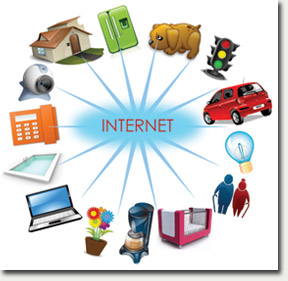 What is the Internet of Things?
What is the Internet of Things?
The term “Internet of Things” was first coined in 1999 by Kevin Ashton, who co-founded an organization that was creating global standards for sensors. The IoT is a concept of connecting any device with an on/off switch or some other kind of control capability to the Internet. Devices connected today cover a huge range of things: appliances, Smartphones, wearable devices, entertainment devices like TVs and audio receivers, heating and cooling systems, door entry systems—almost anything you can think of.
Cisco claims that the number of devices connected to the Internet exceeded the number of people on the planet some time between 2008 and 2009. Some even estimate that by 2020 there will be anywhere from 26 to 100 billion connected devices. The reason that there will be an explosion of connected devices is because they can be as simple as a small sensor that collects and sends data to another device, which then does something with it.
With the Internet of Things, an ever-increasing portion of information on the Internet will be produced by devices, rather than humans. But it is all happening for our benefit. To make our personal and work lives better and more efficient.
Huge Potential of the Internet of Things
The trick (or potential) is what to do with all the data that is provided by those devices. There are lots of simple examples of how the IoT is a reality today. Nest thermostats that learn your patterns and climate control your home. Fitbit wearables that monitors your health and reports your fitness levels. Or traffic lights that automatically change based on changing traffic patterns.
Let’s say your calendar shows your first meeting at 8am, but your alarm clock has gotten data indicating that there are already traffic issues on your route so the commute time will be longer. It automatically wakes you up ½ hour earlier, and starts the coffee maker and turns the furnace on at that time. Your phone or GPS map in your car plans the best route and lets you know when you need to leave in order to get there on time. It also knows the temperature is well below freezing outside, so starts up your car 5 minutes before you need to leave. This is all possible today.
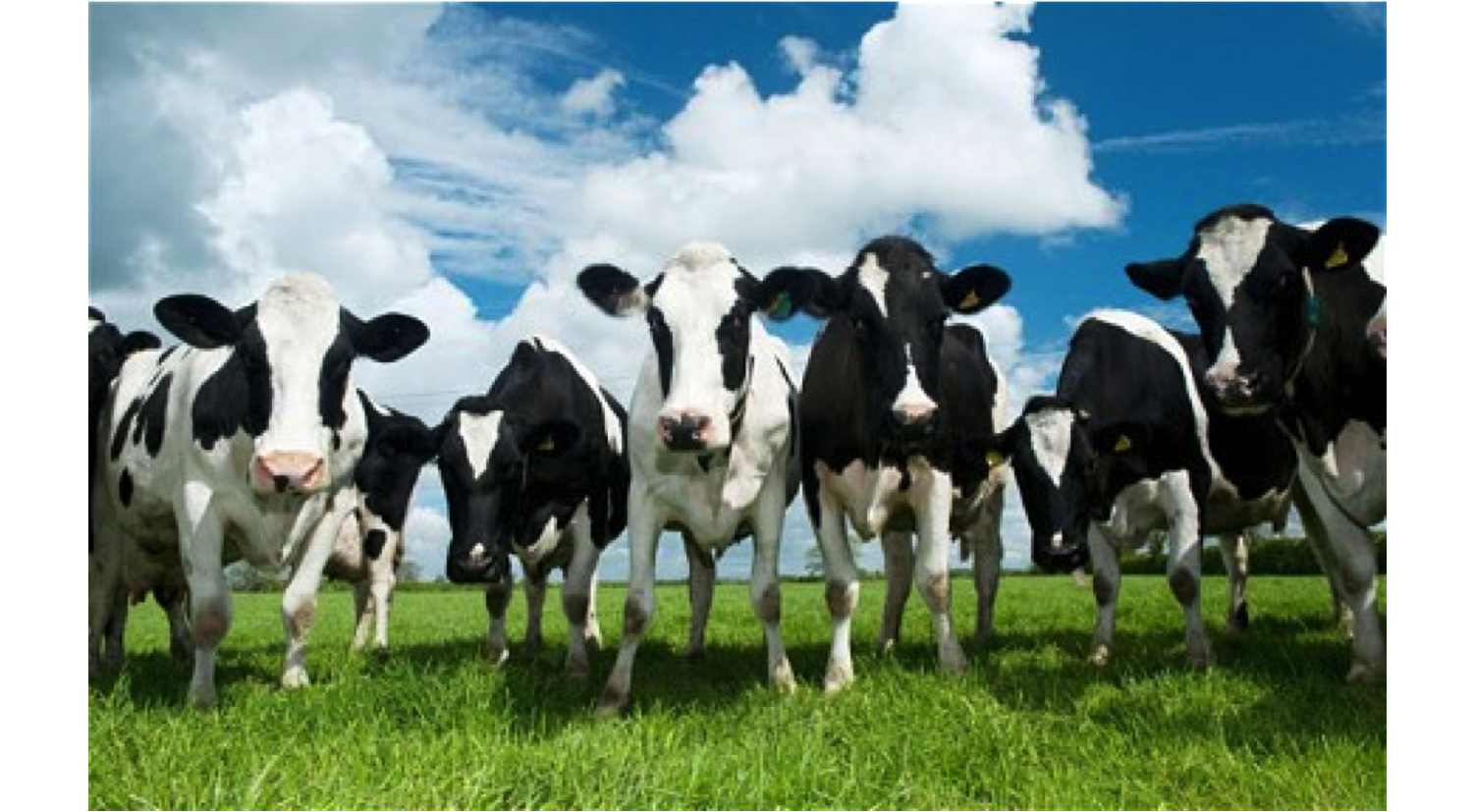 The Internet of Things also isn’t just about things. A farmer in Holland has unique sensors on his entire herd of cows that monitors their health and automatically feeds them. The monitor can determine if the cow is sick or pregnant and has a GPS so he always knows where they are. When a cow puts its head in the feeding trough, it dispenses the amount of food it requires plus any medication that may be appropriate. If the cow returns to the feeding trough the system won’t dispense until it is time for its next feeding. As a result he has a healthier herd with very little human intervention required.
The Internet of Things also isn’t just about things. A farmer in Holland has unique sensors on his entire herd of cows that monitors their health and automatically feeds them. The monitor can determine if the cow is sick or pregnant and has a GPS so he always knows where they are. When a cow puts its head in the feeding trough, it dispenses the amount of food it requires plus any medication that may be appropriate. If the cow returns to the feeding trough the system won’t dispense until it is time for its next feeding. As a result he has a healthier herd with very little human intervention required.
The number of possibilities for sensors and devices communicating with each other to make our lives better is endless. In fact the IoT has at least as much potential to change the world as the Internet itself has. And it isn’t just about our personal lives, businesses can become much more effective, buildings much more efficient, cities much smarter, and economies more robust as business models change. The IoT is only limited by our imaginations.
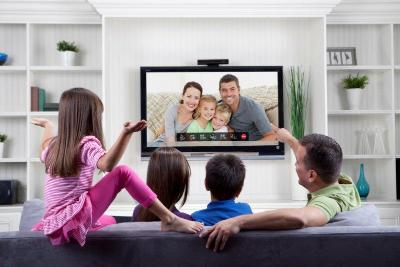 Internet of Things and Televisions
Internet of Things and Televisions
TVs are already part of the Internet of Things since they are a connected device, at least smart TVs are and most TVs sold today fit that category. Smart connected TVs already have a number of useful applications. For instance a Smart TV can now be a video calling device where families can communicate with each other seeing each other in their full glory.
So far Smart TVs have mainly been about streaming content from the Internet or displaying personal photos and videos. In fact there has been a steadily growing proportion of TV viewing using Internet streaming. Many Smart TVs today will learn what programs you like to watch and based on that will recommend new programs you should try. Although most IoT devices typically use Smartphones and tablets for their controls those apps are relatively easy to develop, there is no reason that a Smart TV can’t also be used as a control platform.
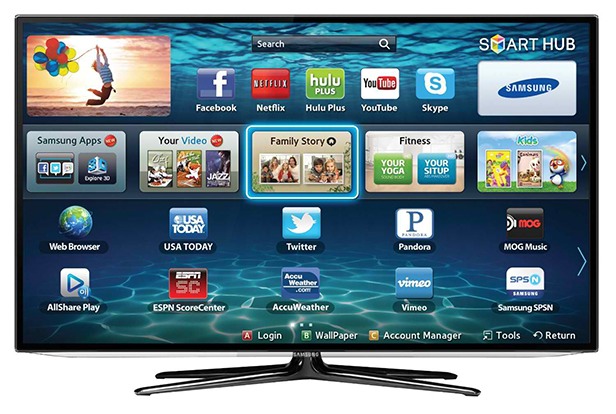 In the home, the Internet of Things has just barely started, especially relative to the potential. What role the TV will ultimately play relative to the mobile device or computer is yet to be determined, but it could easily take on a much bigger role. For instance, all the sensors in your home can be connected and displayed on the big screen so you no longer need to squint at your Smartphone. The TV can talk to you via voice recognition while you are having breakfast telling you what it believes the best plan for the day is based upon the weather, your calendar, your body monitor, etc.
In the home, the Internet of Things has just barely started, especially relative to the potential. What role the TV will ultimately play relative to the mobile device or computer is yet to be determined, but it could easily take on a much bigger role. For instance, all the sensors in your home can be connected and displayed on the big screen so you no longer need to squint at your Smartphone. The TV can talk to you via voice recognition while you are having breakfast telling you what it believes the best plan for the day is based upon the weather, your calendar, your body monitor, etc.
Then there is software like IFTTT (If this, then that), which you could use on a Smart TV. You want to relax and watch your favorite programs but are waiting for either an important call or email from your parents, your work, or whomever; you can use IFTTT to automatically switch off your program (and start recording it on your PVR), and immediately display the email or connect the important phone call you are waiting for. Check out this post for more ideas on how IFTTT can make your home smarter.
The connected TV will undoubtedly play an important role with the future of the IoT as the opportunities are tremendous. The TV of the future could end up storing a lot more data so it handles your music and video library and/or collects data from your home’s sensors. It could also have bigger processors so it can monitor your security system and immediately display any abnormal activity, or manage your lighting and climate control systems. Stay tuned as the Internet of Things becomes more of a reality every day.

